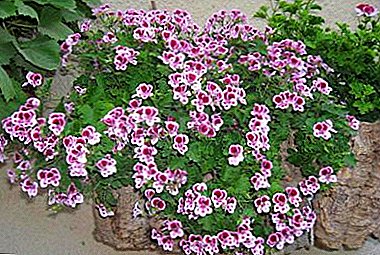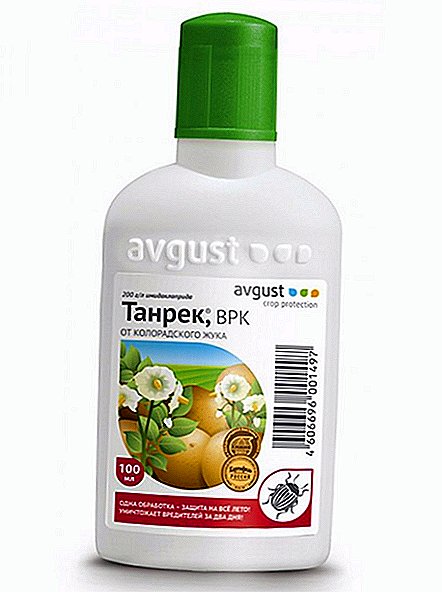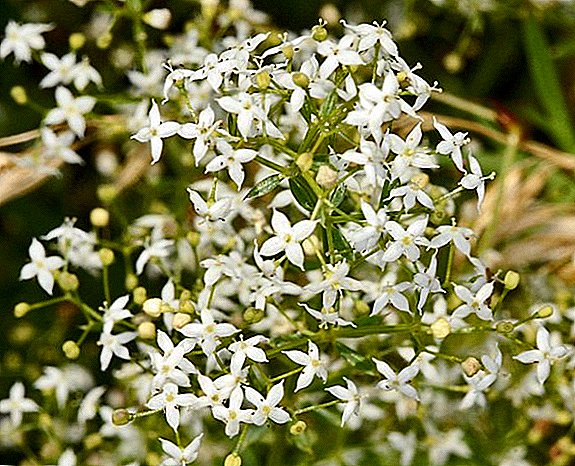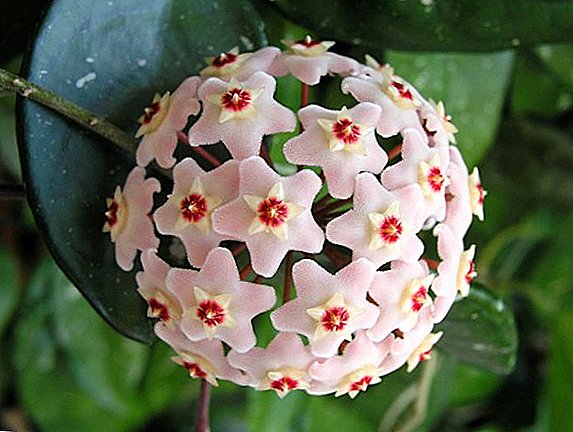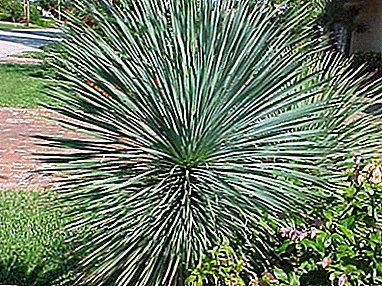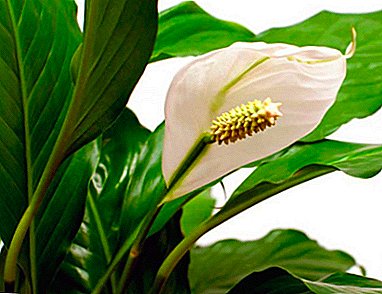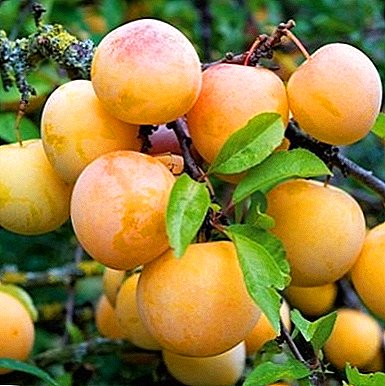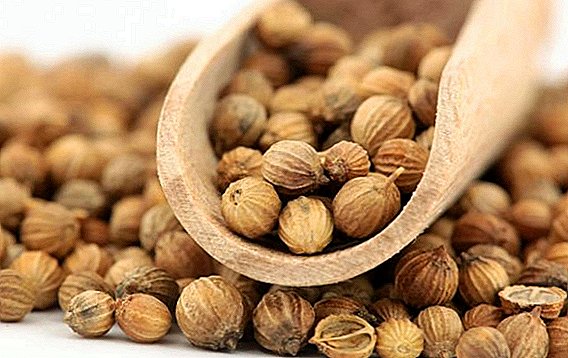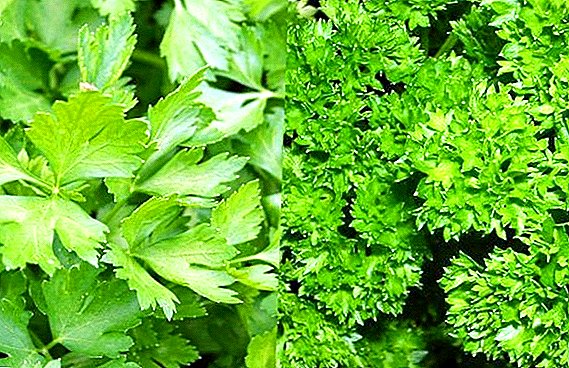 Among the many types of greens used as food seasoning, parsley and cilantro are among the leading places. These spices are used not only for cooking, but also well known in the field of medicine and cosmetology. What is useful for the human body in them and how to distinguish one spice from another is discussed further in the article.
Among the many types of greens used as food seasoning, parsley and cilantro are among the leading places. These spices are used not only for cooking, but also well known in the field of medicine and cosmetology. What is useful for the human body in them and how to distinguish one spice from another is discussed further in the article.
Description and characteristic properties of plants
These spices are spicy herbs, popular since ancient times. Their foliage is consumed fresh or in dried form, in addition, parsley root and cilantro seed are used in cooking. Despite the similarities between the two cultures, there are some differences between them - in chemical structure, appearance and smell.
Did you know? Both cilantro and coriander are one and the same plant, only cilantro is the green part, and coriander is its seed.
Cilantro
KBMU 100 g fresh cilantro green mass:
- caloric content: 25 kcal;
- proteins: 2.1 g;
- Fat: 0.5 g;
- carbohydrate: 1.9 g
- water, ash and dietary fiber;
- vitamins: A, B1, B2, B3, B4, B5, B6, B9, C, E, K;
- chemical elements: iron, potassium, calcium, magnesium, manganese, copper, sodium, selenium, phosphorus, zinc.

Parsley
KBJU 100 g of fresh green plants:
- caloric content: 39 kcal;
- proteins: 4.4 g;
- Fat: 0.7 g;
- carbohydrates: 7.4 g
Important! Parsley is one of the few spices that retains its taste after heat treatment.
Also this culture has in its composition:
- water and dietary fiber;
- vitamins: A, B1, B2, B3, B5, B6, B9, C, E, K, H;
- chemical elements: iron, iodine, potassium, calcium, magnesium, manganese, copper, sodium, sulfur, phosphorus, fluorine, chlorine, zinc.

What makes cilantro different from parsley
Due to the fact that both plants belong to the family of Umbrella and are relatives, many people often can not distinguish between them, and even consider them to be one and the same. But still, if you take a good look, you can see in these cultures a number of differences from each other.
Origin
Homeland parsley - the Mediterranean coast. Coriander comes from about the same region - the Eastern Mediterranean is considered its birthplace.
Important! Cilantro is better to use during cooking spicy dishes, and parsley can be added to almost all foods.
Appearance
Cilantro has long, bare stems up to 80-120 cm, ending in pale, wavy, slightly dissected round-shaped leaves. The flowers are small, light pink, spherical seeds. In parsley, the leaves are larger, thicker, dissected, branched stems, rich green. The flowers are small, greenish-yellow shade, the fruits are oblong. The height of the bush is from 20 to 100 cm. To the touch the leaves of parsley are denser than those of coriander.
Smell
The main distinguishing feature by which you can determine what kind of plant it is, is the smell. Coriander is characterized by a rich smell, reminiscent of a mixture of lemon and pepper, while its relative has a subtle delicate aroma.

Useful properties and features of the application
In addition to the use of these two cultures as spices, they are also characterized by healing signs that help during the treatment of a large number of diseases of different origin.
Cilantro
The positive characteristics of coriander include the following qualities:
- used in the treatment of arthritis;
- has antirheumatic properties;
- improves kidney function;
- helps to remove fluid from the body;
- normalizes digestion and restores liver function;
- lowers the amount of cholesterol in the blood;
- heals ulcers on the mucous membranes of the mouth;
- helps with eye diseases;
- treats anemia and avitaminosis;
- increases appetite.
Did you know? The ancient Romans used parsley as a decor on memorial tables, because this plant personified grief at that time..
Parsley
This spice is characterized by the following positive qualities:
- stops the growth of cancer cells;
- whitens facial skin;
- strengthens teeth and gums;
- restores the intestinal microflora and normalizes its work;
- increases hemoglobin level in the blood;
- has antipyretic properties;
- parsley juice removes puffiness, especially after insect bites;
- roots enhance the immune system;
- helps in the treatment of depression.

What is more useful - cilantro or parsley?
It is impossible to say exactly which crop is more useful and which one is less. It all depends on individual preferences in cooking, as well as on the nature of the diseases that determine the necessity of using one or another seasoning as a medicinal plant. Below is an approximate comparative table of the main qualities of these two spices, in which you can see how one seasoning differs from the other.
| The form | Cilantro | Parsley |
| Calories per 100 g | 25 kcal | 39 kcal |
| Taste | Bitter | Sweetish with a slight bitterness |
| Application | Cuisine of the peoples of the Caucasus | European, Eastern, American, African cuisine |
| Growth cycle | Annual plant | Biennial plant |
| Basic properties | Disinfecting, wound healing, expectorant, choleretic, hemorrhoids | Diuretic, wound healing, disinfecting, bactericidal, anti-inflammatory, antispasmodic |
So, coriander and parsley are not the same culture at all. These plants belong to the same family, are very similar in appearance or composition, but for lovers of both spices there is no problem in how to distinguish between them. And for those who read this article, such difficulties also should not arise.


